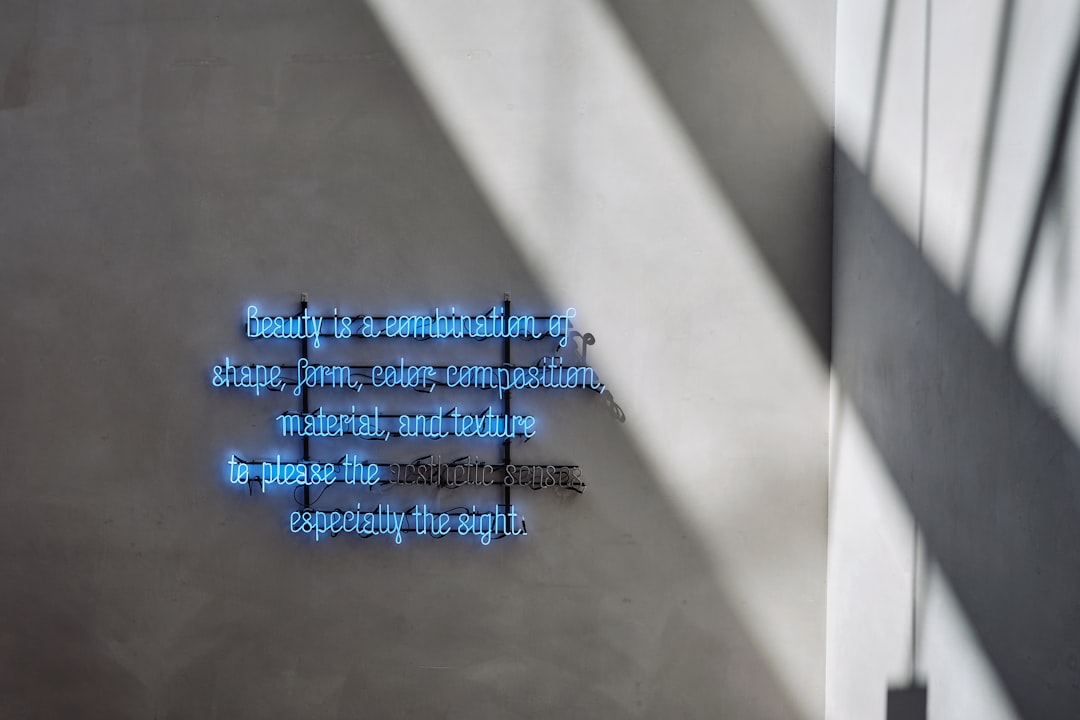Watching movies or TV shows in different languages is fun. But understanding what’s going on without subtitles? Not so fun. That’s where VLC Media Player becomes your best friend. It lets you add subtitles easily. But did you know there are different types of subtitle files? Yes! They’re not all the same.
Let’s dive into the world of subtitle files and see which ones work best with VLC. Don’t worry—it’s easy and even a little fun!
What Are Subtitle Files, Anyway?
A subtitle file is a separate file that contains the text spoken in a video. It helps you understand the dialogue or follow along if you can’t hear the sound. These files are synced with the video using timestamps.
Most subtitle files are just text. Some are fancy and include styles, fonts, and positions. Others are super simple, just showing the words at the right time.
VLC Loves Subtitles
VLC Media Player supports tons of subtitle formats. That’s why it’s such a great tool for watching international content or old classics without sound. It can even download subtitles automatically!
How to Add Subtitles in VLC
- Open VLC and play your video.
- Click Subtitle in the top menu.
- Select Add Subtitle File….
- Choose your subtitle file. Done!
Now let’s find out about those different file types VLC supports—because not every subtitle file works the same way.
Popular Subtitle File Formats
Here’s a list of subtitle file types you’re likely to come across. Some are super common, others are a little rare. But all of them can tell a story, one line at a time!
1. .SRT (SubRip Subtitle)
This is the most common subtitle file. It’s simple and gets the job done. Each subtitle block has:
- A number
- Start and end timestamps
- The subtitle text
Example:
1
00:00:01,000 --> 00:00:04,000
Hello there!
2
00:00:05,000 --> 00:00:06,000
How are you today?
VLC loves SRT files. They’re clean, small, and easy to edit.
2. .ASS (Advanced SubStation Alpha)
This format is a bit fancier. It supports:
- Fonts
- Colors
- Positioning on screen
- Effects like karaoke!
If you’re watching anime or music videos, you’ll probably see ASS files. And yes—VLC supports them perfectly!

3. .SSA (SubStation Alpha)
This one came before ASS. It’s still stylish but has fewer features. Think of it as ASS’s older cousin. VLC handles it fine too.
4. .VTT (WebVTT)
This modern format is used on websites like YouTube.
It’s clean, web-friendly, and based on SRT. It adds support for positioning and styling.
Works well with VLC and growing in popularity.
5. .SUB/.IDX (VobSub)
This is a pair of files: .SUB and .IDX.
- .SUB holds image-based subtitles (not plain text)
- .IDX describes when and where to show them
You’ll see this with DVDs. It’s hard to edit but looks great. VLC plays these without any hassle.
6. .TXT (Plain Text Files)
Some subtitle files are just .txt files renamed. VLC can read them—if the timing format is correct. Pretty basic, but okay in a pinch.
Which Format Should You Use?
If you want simplicity: Go with .SRT. It’s easy to read, edit, and use in any media player.
If you want style: Use .ASS. Perfect for karaoke or visual effects.
If you like online videos: Try .VTT. Great for embedding on the web.
Old DVD fan? You’ll probably run into .SUB/.IDX files.
Tips for Happy Subtitling in VLC
Here are some quick tips to make things run smoother:
- Name your subtitle file the same as your video file (e.g., Movie.mp4 and Movie.srt).
- Keep the subtitle file in the same folder as your video.
- Use simple file names—no weird symbols.
- Make sure subtitles are synced. If not, you can shift them in VLC using the G and H keys.
How to Create or Edit Subtitles
Want to make your own subtitles? It’s easier than you’d think!
You can use any text editor. Just save the file with the .srt extension.
Here’s what you need:
- Timestamps in this format: 00:00:01,000 –> 00:00:04,000
- Subtitle text
Edit, save, and drop it into VLC. Boom! You’ve got subtitles.

What About Mobile VLC?
The VLC app on your phone supports subtitles too!
Just make sure you:
- Place the subtitle file in the same folder
- Use the same file name as the video
Or, you can add a subtitle file from inside the VLC app itself.
Troubleshooting Subtitle Issues
Sometimes subtitles don’t work. Here’s what to check:
- File format not supported? Convert it to .SRT or .ASS.
- Text gibberish? Could be the wrong encoding. Use UTF-8.
- Out-of-sync? Adjust the subtitle delay in VLC settings.
Subtitle Delay Fix
Press:
- G to move subtitles backward
- H to move them forward
Adjust until it matches the audio. Easy!
Convert Subtitles Easily
You can convert subtitle formats using free tools online—just search “subtitle converter.” Some popular tools include:
- Subtitle Edit
- Aegisub
- Open Subtitle Editor
Perfect for switching from .ASS to .SRT and more.
Final Words
Subtitles are more than just text at the bottom of your screen. They open up a world of content and help you enjoy videos in any language, with any style, anytime.
Now you know the most common subtitle file types—and which ones VLC likes best. Whether you’re watching a French film, a Korean drama, or a cooking video with low audio, good subtitles make all the difference.

So next time you’re setting up a movie night, make sure your subtitles are ready. Your ears—and your brain—will thank you!
Happy watching!


